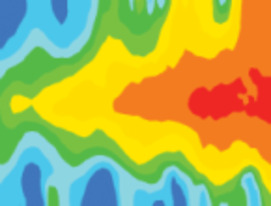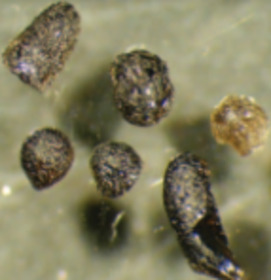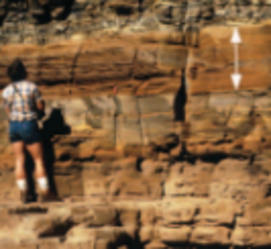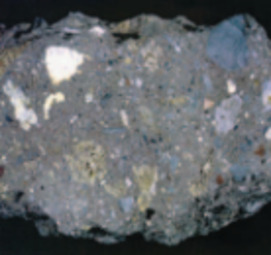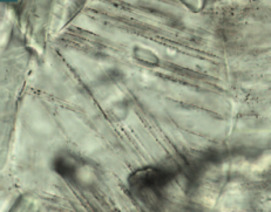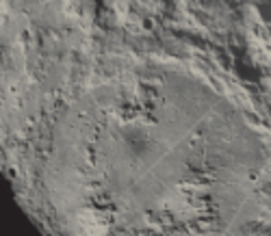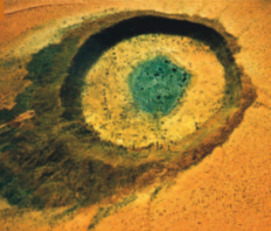Local and Global Environmental Effects of Impacts on Earth
The environmental effects of impact events differ with respect to time (seconds to decades) and spatial (local to global) scales. Short-term localized damage is produced by thermal radiation, blast-wave propagation in the atmosphere, crater excavation, earthquakes, and tsunami. Global and long-term effects are related to the ejection of dust and climate-active gases (carbon dioxide, sulfur oxides, water vapor, methane) into the atmosphere. At the end of the Cretaceous, the impact of a >10 km diameter asteroid led to a major mass extinction. Modern civilization is vulnerable to even relatively small impacts, which may occur in the near future, that is, tens to hundreds of years.
Local and Global Environmental Effects of Impacts on Earth Read More »


